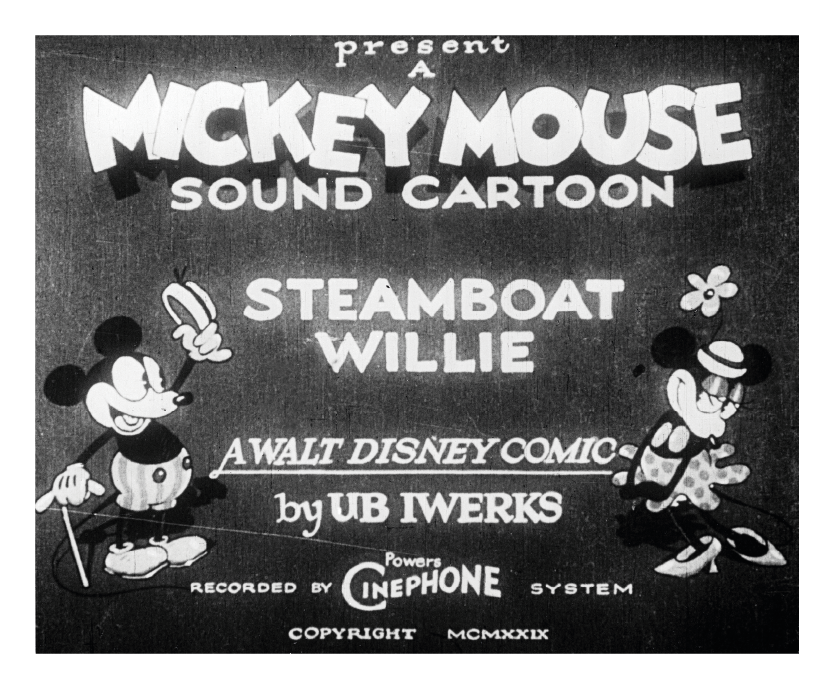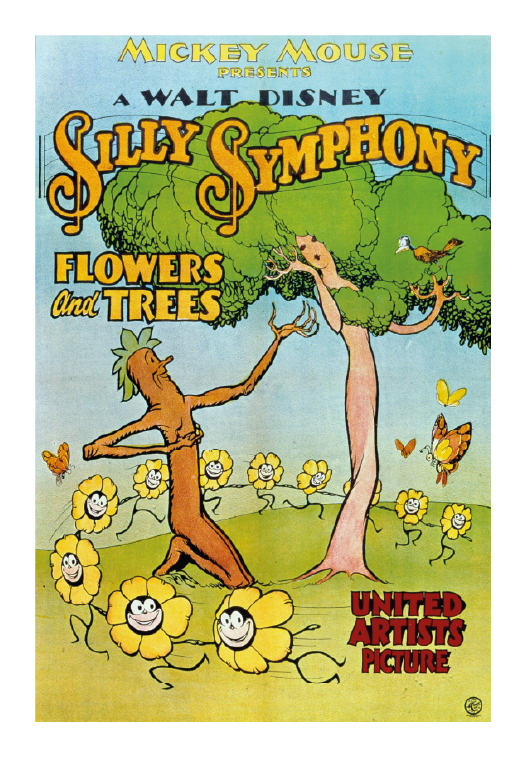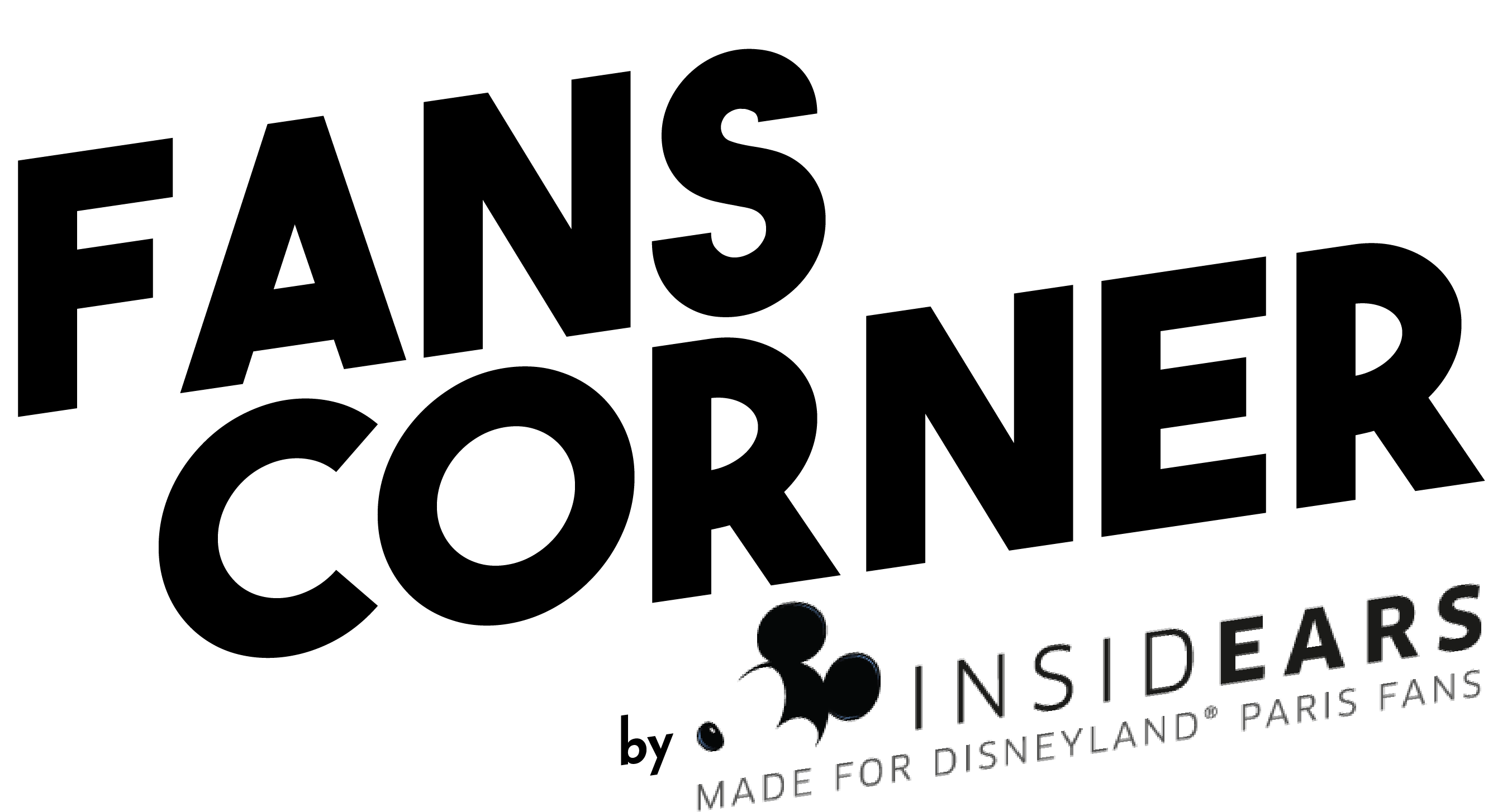On every visit to Disneyland Paris, we all have a melody in our heads sung by dolls, ghosts or pirates that stays with us long after the trip is over—a sort of sonic Proust’s madeleine that, from the very first notes, inevitably takes us back to the magic… But why does this music affect us so much?
Certainly some of it is due to the inherent qualities of these iconic themes, and the undeniable talent of their creators. But it’s also because at Disneyland Paris, music is much more than just background noise: it is part of the DNA of Disney Parks, their unique way of telling stories and immersing visitors in their worlds. It also represents a legacy like no other: the legacy of Walt Disney and the wonderful artists he surrounded himself with, who drew on their cinematic experience to create the magical places that are the Disney Parks.
A declaration of love for Disney music, the Disney Music Festival is an opportunity to revisit this wonderful history and celebrate this unique legacy together.
It all started with a mouse
By happy coincidence—or perhaps a twist of fate—the history of Mickey Mouse, icon of The Walt Disney Company, is intimately linked to music. Released on 18 November 1928, the cartoon Steamboat Willie was not just Mickey’s first official appearance: it was also the first film to have its soundtrack entirely synchronised with the image—a revolution in film history.

Until then, film music was largely played, improvised or performed by live musicians during each screening. Various experiments had been attempted, such as Dream Street in 1921 and The Jazz Singer in 1927, in which dialogue and songs were played via a phonograph, but with little precision and on only a few scenes.
Using the 24 frames per second of the cartoon, Walt Disney and his director Wilfred Jackson found a way to perfectly synchronise sound effects and music with the anima- tion. What’s more, by printing the soundtrack directly onto the film, there was no longer any risk of desyncing during cinema screenings. Amazed audiences could see and hear Mickey whistling or playing drums on pots and pans—a historic first.

Buoyed by this success, Walt embarked on new experiments the following year. With the support of his composer Carl Stalling, he devised a thousand and one ways of combining music and images in his famous “Silly Symphonies”. This work culminated in Fantasia (1940), which once again starred Mickey Mouse. In this new masterpiece, Walt Disney revisited classical music like never before seen in the art of animation. The result provided visual interpretations of landmark works, such as Beethoven’s Pastoral Symphony and Johann Sebastian Bach’s Toccata and Fugue in D minor, that are as original as they are astonishing.
To coincide with the film’s release, some American cinemas even offered their audiences an amazing sound experience designed by the Studio’s engineers: Fantasound, one of the first attempts at stereo sound. Thanks to a clever mix and the installation of up to 80 loudspeakers, the orchestra’s sound was able to cover the whole room, depending on what was happening on screen—an immersion like no one had ever experienced before…
To be continued…
Pour la sortie du film, certains cinémas américains proposent même à leurs spectateurs une expérience sonore étonnante conçue par les ingénieurs du Studio : le Fantasound, l’une des premières tentatives de spatialisation du son. Grâce à un savant mixage et à une installation pouvant aller jusqu’à 80 haut-parleurs, le son de l’orchestre peut voyager aux quatre coins de la salle en fonction de ce qui se passe à l’écran. Une immersion comme personne n’en avait vécu auparavant…

